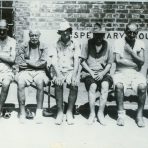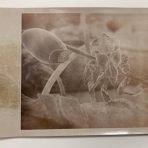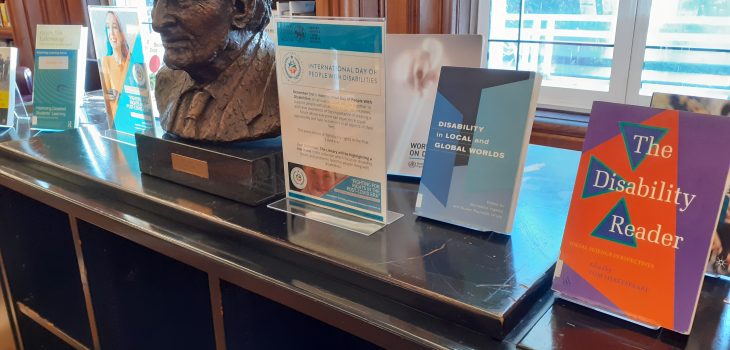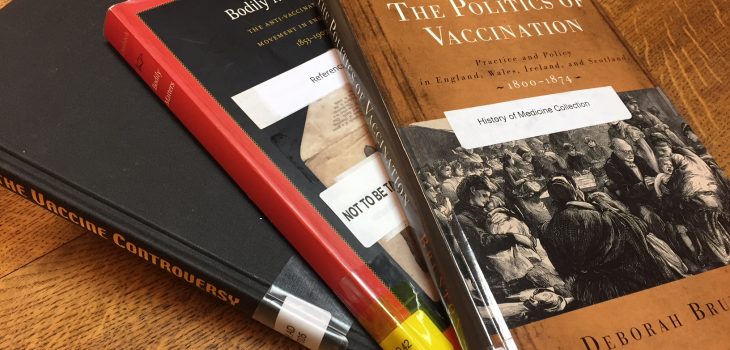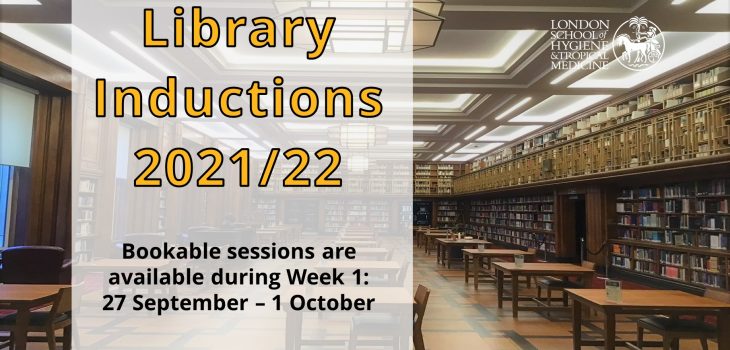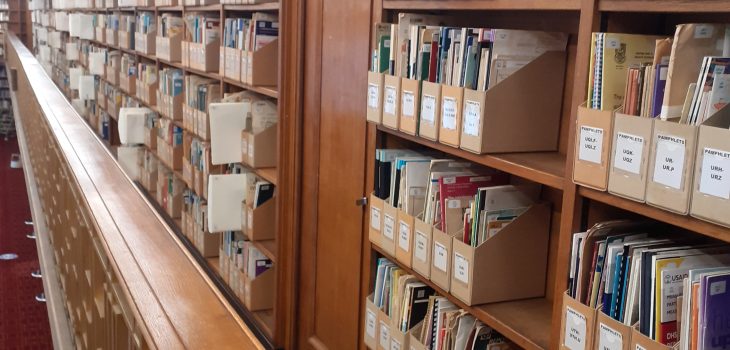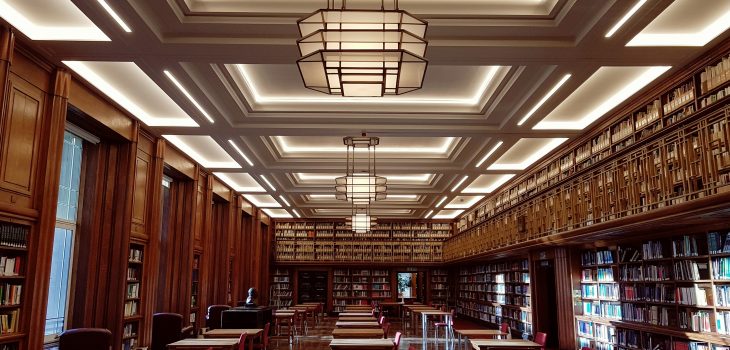The theme for the 2021 International Day of People with Disabilities is “Fighting for rights in the post-covid era”, something LSHTM knows a lot about.
The 3rd of December is International Day of People with Disabilities, it originated back in 1992 by the United Nations, as a day of…


